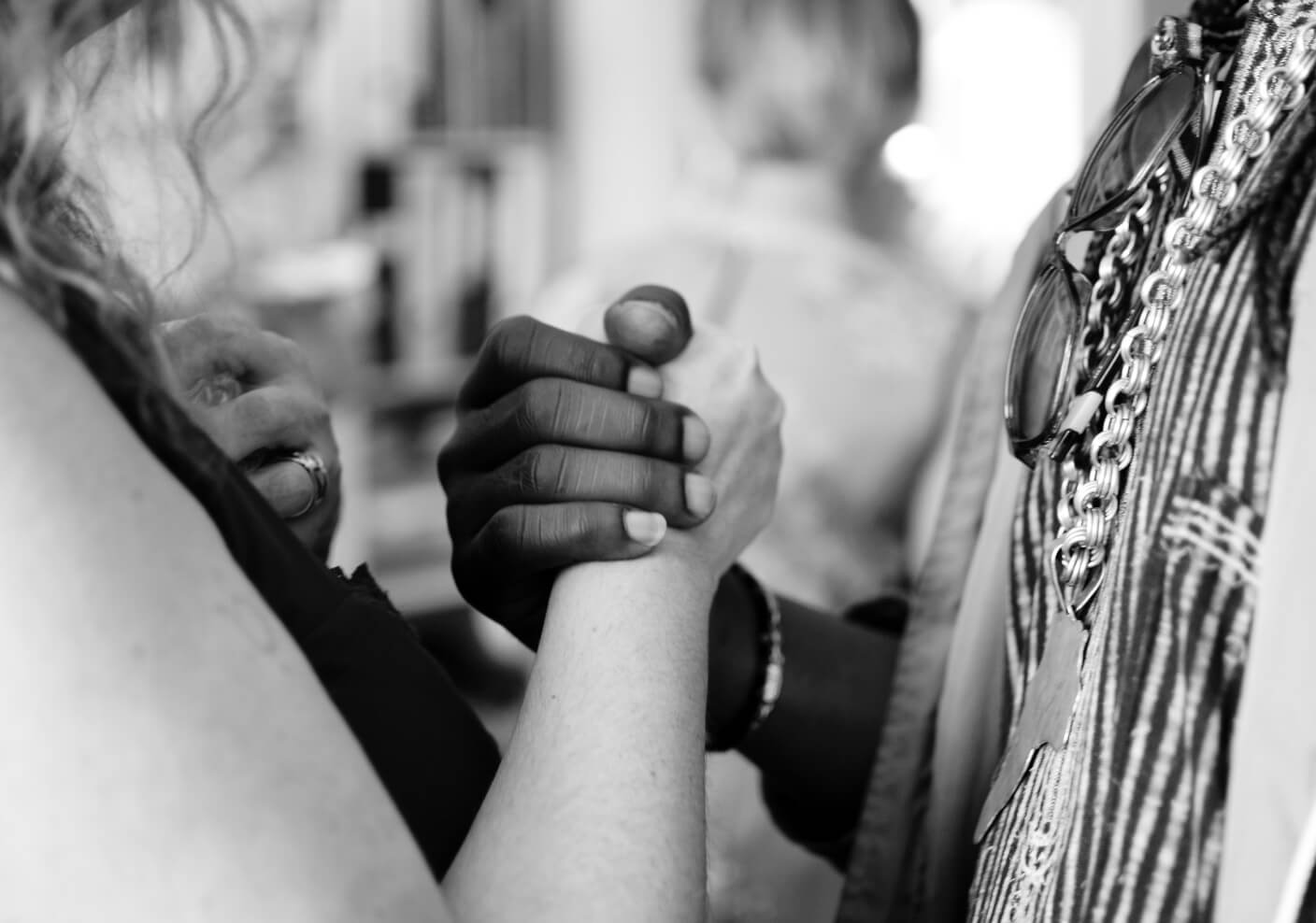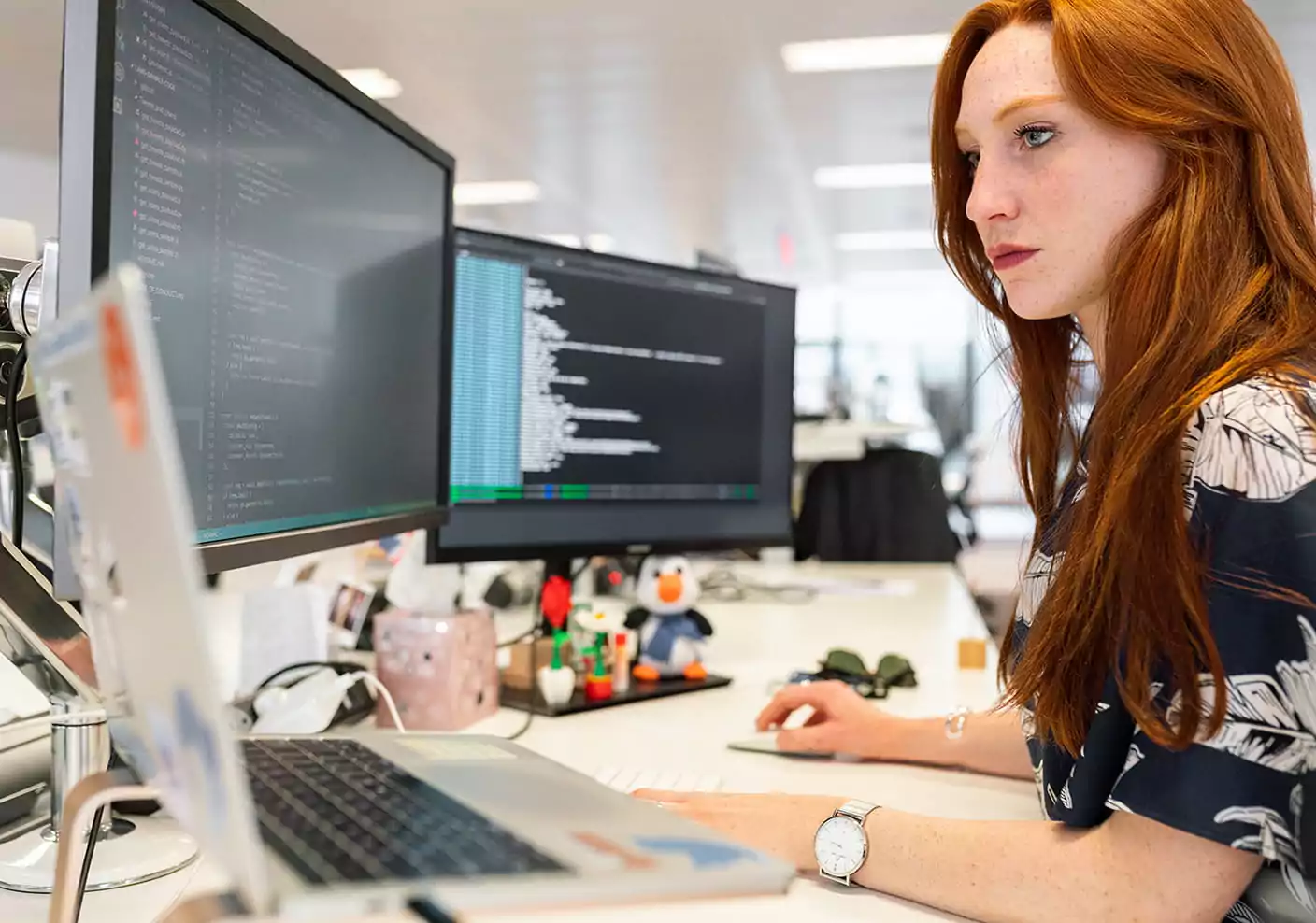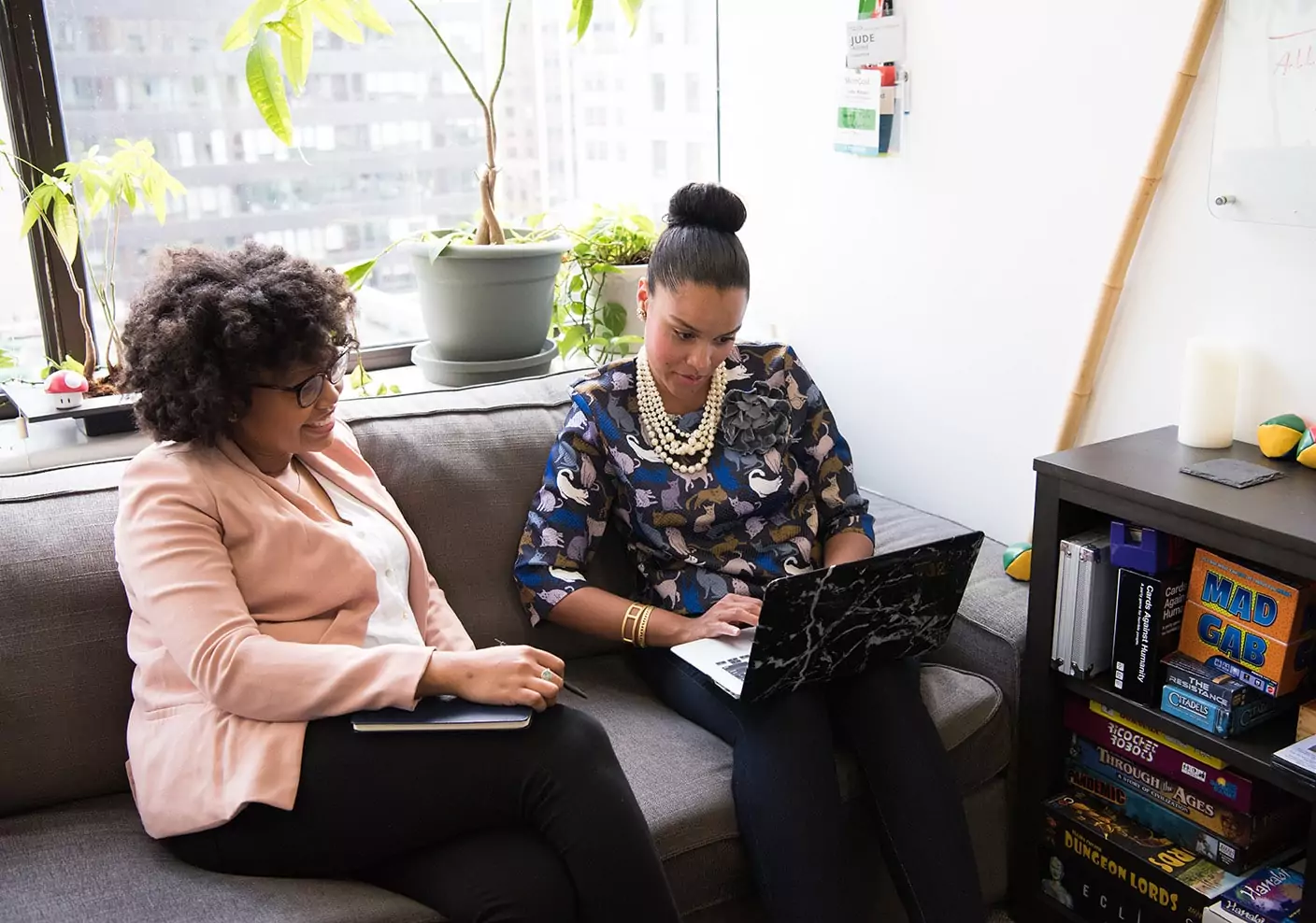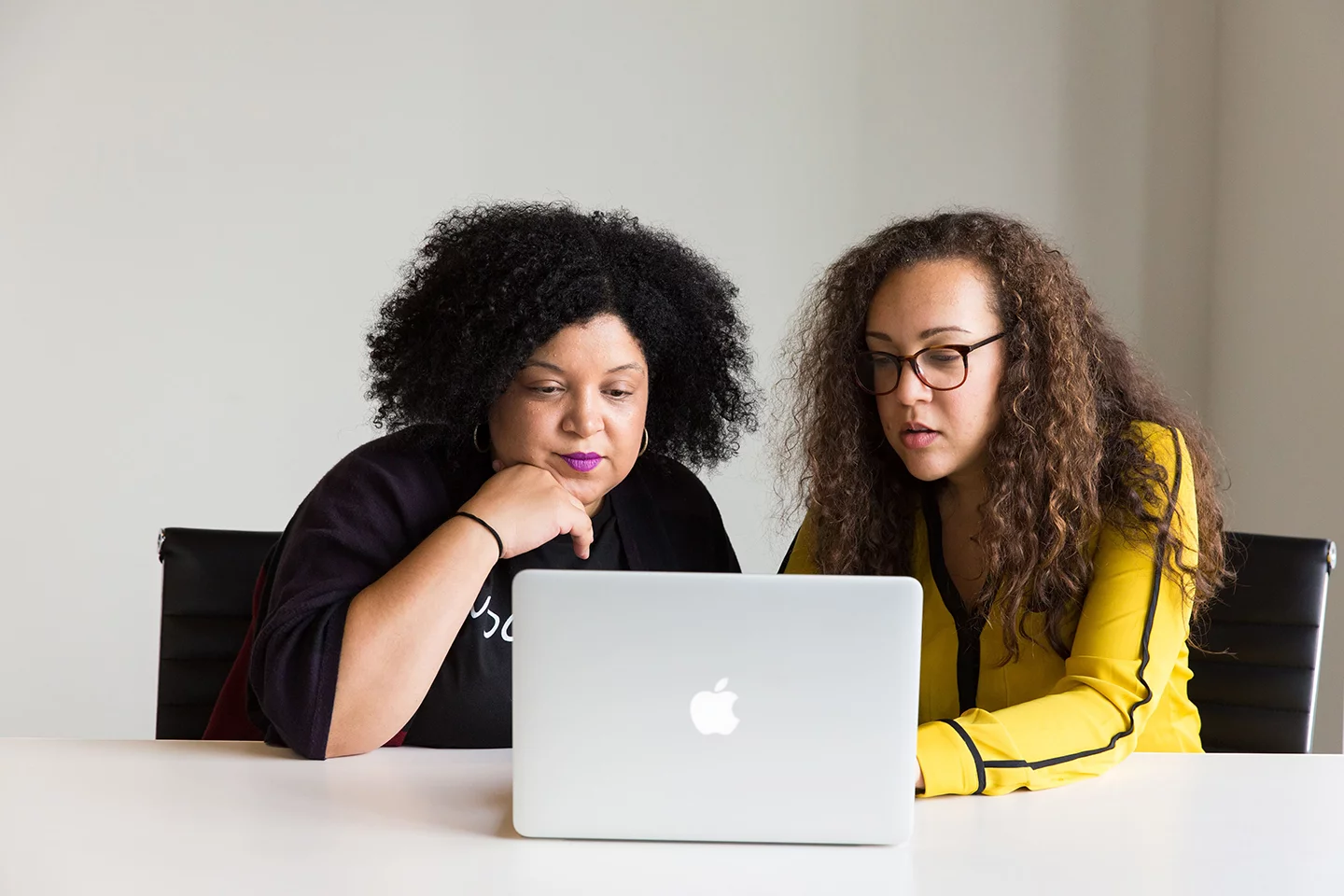Our 2021 Future of Work Virtual Roundtable Series recently continued with a session presented by Inga Carboni from the College of William and Mary – Raymond A. Mason School of Business. In “The Next Generation of Business Leadership on Bystander Effect and Microaggressions in the Workplace,” Carboni shared insights about what the next generation of business leaders thinks about diversity, equity, and inclusion — and how we can all help shape more inclusive workplaces, no matter where we are in our career trajectory.
Below is an edited excerpt of Carboni’s presentation. You can also watch the full session, including a demonstration of a Mursion simulation, on our YouTube channel. Join us for our upcoming Future of Work sessions by signing up here. And, to experience Mursion’s virtual reality simulations and see for yourself how this platform can support your own business to achieve its leadership development and other business goals, schedule a demo today.
“I’m a professor at the College of William and Mary and my research is around relationships and building relationships in the workplace and how those have an effect on performance and engagement and wellbeing. It was a natural for me. I sort of backed my way into diversity and inclusion because I was interested in trying to help people within the Mason school create a culture where people were able to form positive relationships without having or having a minimal of bias affecting those relationships.
A couple things you should know about me is that I’m very behavior-oriented. I’m very action-oriented. I know a lot of the research on diversity training says just simple awareness is not good enough. In fact, it can have a boomerang effect. People really need some action-based strategies.
I started a course that’s required for all of our incoming undergraduate business students. I have now about 600 who have gone through it. I’ve also done this with graduate students. I’ve also done this in corporate settings or with more corporate-type clients. The idea was I was looking for a way to build those strategies of action. One of my thoughts, of course, was doing role-play-type stuff in the classroom, but when you have 225 students every year, you really can’t give the individualized feedback that they need. I thought, well, having watched them do some role-plays I’m not so sure they’d give each other the right feedback either. These are tricky conversations to have around diversity and inclusion. I wanted to make sure that people felt that they had a safe and private way of engaging and practicing those skills.
I looked on the internet. I think Harvard’s business publishing has a great interactive online module, but it didn’t really give a realistic simulation. I had seen some grant-funded materials that sounded much better. They had good decision trees and good choices for things that you did, but still, it was very much a static experience. I knew my students would see it as a test. Did you get the right answer? For each step of the way. I was thrilled when I heard about Mursion and what Mursion has been doing because it seemed to me to be exactly what I was looking for.
We’ve signed now, I think, five or six different simulations, maybe seven different simulations. I’ve run over a thousand of these with students, graduate students, and other populations. I’ve been very happy. It was a learning experience on all parts as to what’s going to be a not only realistic experience but what’s going to be a very culturally appropriate experience for whatever culture I’m working with. Whether it’s my undergraduates or it’s graduate students or it’s somewhere else, what’s the right scenario for that environment.
Anticipating with people who are going to be intersecting with that scenario are going to be people who are white, people of color, people who are male, female, lots of different differences, and that simulation has to work for all of them. Simulation specialists have to be prepared to handle students who in my class range from very well versed in these issues. Probably could teach more lectures than I could on some of the histories of inequities and things like that, but also a lot of students who were dragged, kicking, and screaming into this scenario, who are frightened that they’re going to be bashed, and are worried they’re going to be shamed or blamed, aren’t 100% bought into all this stuff anyhow. Whatever we designed had to be appropriate for that full range of participant.
We did do some evaluation as well, and I’ve been very pleased with the evaluations that I’ve been getting on this. Here is just an example of, as part of my class, I asked the students to talk about microaggressions that they’ve experienced. I’ll just read a few of these because I know this is really small but they might say, ‘You’re the secretary, right?’ ‘You don’t sound Black.’ ‘You must be good in math because you’re Asian.’ ‘Who is the “woman” in your relationship?’ That was from some of my undergraduates. Some of my graduate students say things like, ‘You don’t look Mexican.’ ‘You’re not really Asian, no way.’ ‘Where are you really from?’ ‘You’re exotic,’ things like that.
Leadership Development for the Next Generation
I do this so that students and any participant can realize how commonplace and seemingly inconsequential these microaggressions are, and of course, we talk about how they add up over time. One of the important things is to stop the microaggressions from occurring without blowing up relationships. It’s important to me that they have positive working relationships, and that’s much more realistic in the workplace anyhow. You don’t want to set people up to torpedo their careers. Those two components, stopping the unwanted behavior while maintaining a positive relationship, have always been some of the objectives for the simulations.
One of the important things is to stop the microaggressions from occurring without blowing up relationships.
Because everybody has a bias blind spot, one of the important things is that they have to help each other recognize bias in action. That really involves starting out with a non-judgmental attitude, being open to feedback. It’s a really complex process. When asking students to go through some of these things, we found out that 88% of them said they learned new skills that they can and will use.
This was some of our earlier trials, we’ve gotten better since then. We had, most of them felt that it was a pretty realistic environment, which was a surprise to themselves. I had a lot of students tell me that they didn’t anticipate it feeling as real as it did. I had students who burst into tears, students who this was a very profound moment in their life. In the course of my class, I have them view the resulting video of the interaction, and then write a reflection paper on it. I hear quite a lot about their experience of the simulation.
This was an evaluation that the Sim Specialists conducted for me asking how well the students who have participated had applied certain strategies, and I had gone over with them in advance what was important to me about the scenario, and the Sim Specialists were able to give this to me. Both so that I can see how the simulation is doing, but also so I can bring that back into the classroom and realize, ‘Okay, we need to talk more about how to connect this conversation to larger topics of inequity. This is something that less than half the students are really able to do.’ For the most part, they were able to reach their objectives in this particular one that connecting to the larger topics, but you can see that it’s still only about half and half, it’s just some qualitative color to it, and how successful they were leading to this objective. This is a great thing that Mursion helps me with. It’s quick, so I can take some of this right back into the classroom.
Because everybody has a bias blind spot, one of the important things is that they have to help each other recognize bias in action.
Identifying Workplace Microaggressions
That is one thing that I did notice was some people when they do this simulation will actually label things as microaggressions. Other people, I’ve seen be a little softer saying, ‘This is what some people are talking about when they talk about microaggressions.’ Other people, especially if you’re in a very charged workplace, might not use the word because it can be a triggering word, but the idea is to connect it to larger issues so it doesn’t become this personal thing. Then it becomes how can we talk about this in the workplace more consistently across a number of things?
I think that that’s a really tricky balance to make is to start to build it and take it up into bigger issues. Some people could say that this is a microaggression, and I know that there’s been a lot of instances around here, and I know that I’ve done sort of stuff, and we all do these other things, but one way we could start to get better is to unpack this and get better about the way we do assignments around these issues rather than making it a personal interaction or about you.
One way we could start to get better is to unpack this and get better about the way we do assignments around these issues rather than making it a personal interaction or about you.
I’ll just add that we designed this to be appropriate for our environment, although it’s a workplace environment and this is originally designed for students. The idea was a student may be talking to a professor or a student talking to somebody when they’re on an internship. The idea was that you’re in an environment where it’s already okay to have those kinds of conversations, so that was the culture of this scenario.
Subscribe for the latest Mursion articles and updates.
By clicking the sign up button above, you consent to allow Mursion to store and process the personal information submitted above to provide you the content requested. View our Terms and Conditions.




